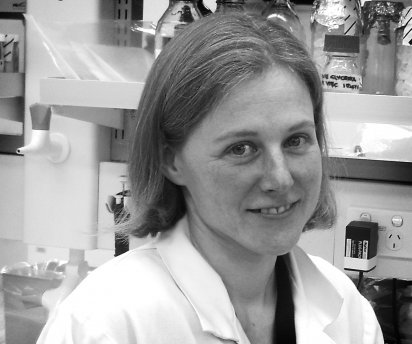SHIGA TOXIN-PRODUCING E. coli AT THE CATTLE-HUMAN INTERFACE

PATRICIA JAROS
PhD CANDIDATE, mEpiLab
My research is focused on the pathogenic bacterium E. coli O157:H7 and other non-O157 related Shiga toxin-producing E. coli (STECs), which are alternatively known as Verotoxin-producing E. coli (VTECs). These are pathogens of great concern to the food producing industry worldwide as they can cause serious illnesses in humans such as diarrhoea, haemorrhagic colitis, and haemolytic uraemic syndrome. Over the past decade, New Zealand has reported an increase in STEC infections in humans. In 2010, 128 STEC cases were recorded (3.1 cases per 100,000 people).
THE RUMINANT RESERVOIR
Ruminants shed STEC in their faeces and
cattle in particular are considered to be an important reservoir of these
pathogens. However, very little is known about the levels of STEC pathogens
entering the food chain via slaughtered livestock in New Zealand. My PhD is
composed of four epidemiological studies, which aim to investigate the
epidemiology of this disease in both the cattle reservoir and the human host
population.
Initially, I conducted a two-year study across four New Zealand abattoirs, which showed that a higher proportion of bobby calves (4-7 days of age) were shedding E. coli O157:H7 and O26 compared to adult cattle. I then followed groups of calves from "high" and "low" risk farms to investigate the effect of transportation and holding in yards prior to slaughter on the level of carcase contamination with E. coli O157:H7 and O26.
THE HUMAN CASES
In order to estimate the proportion of
human cases that are likely to be associated with the exposure to STEC from
cattle, the E. coli strains isolated
from cattle in those studies have been genetically typed and will be compared
to E. coli strains from human cases
in New Zealand. Alongside this, a case-control study will be undertaken to
provide a better understanding of the sources of human illness and, in
particular, to investigate whether cattle are a significant source of STEC
infections for humans in New Zealand.